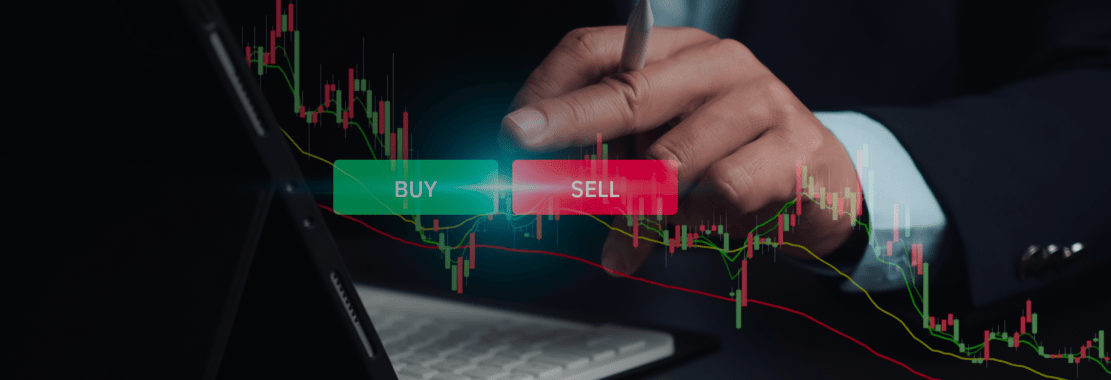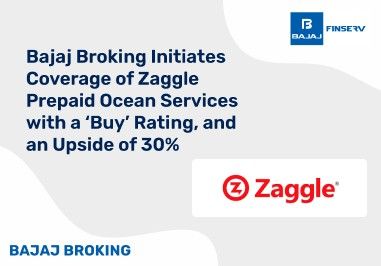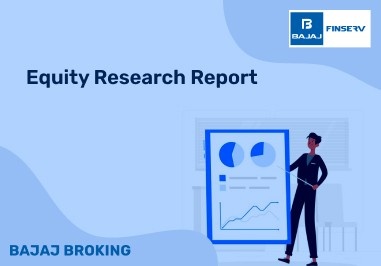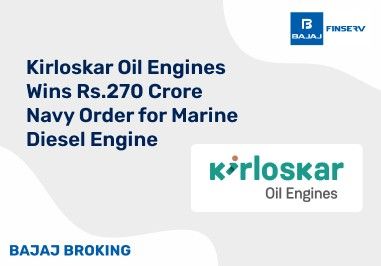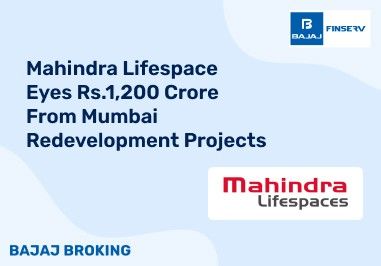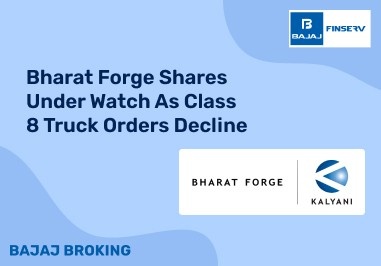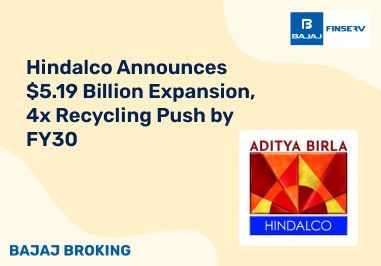There are many financial contracts that investors can be a part of in the stock market. Options are one such financial contract. These financial contracts are one of the most flexible contracts in the stock market as they do not put the option holder under an obligation to carry out any action.
As a part of options contracts, investors can write off or sell these contracts based on the income that is earned through the premium. Before anyone starts trading in options contracts, investors must understand more about factors like option premium, expiry, strike price etc. Here we will dive a little deeper into the question of “What is option premium?”
Understanding Option Premium
An option can be defined as a derivative contract that enables the option holder to buy or sell the underlying security. This buying or selling is done on or before a pre-determined date which is called the option expiry date and at a predetermined price, known as the strike price.
Now for the option premium. The option premium can be described as the price that is paid to purchase the options contract. However, if you are looking to sell an options contract, you will earn an option premium from the investor purchasing the contract. Several factors influence the price of an option premium and we will be looking into what all of them are.
Additional Read: What is Options Trading?
Factors Affecting Option Premium
Many factors affect an option premium. Here’s a list of them:
Intrinsic Value
The intrinsic value of an option is the difference between the current price of the underlying asset and the option’s strike price. The intrinsic value is usually either zero or a positive number. Most in-the-money call-and-put options have a positive intrinsic value.
Time or Extrinsic Value
An excess of an option's value above its intrinsic value is the time or extrinsic value. It is the intangible portion of the option value. The chances of the option’s price moving in the buyer’s favour depends on the expiry date of the option which will define the time left for changes to take place in its value.
Implied Volatility
Another factor that influences the price of the underlying asset is market volatility. Different market conditions lead to different price movements. For example, when the market is more volatile, the option premium increases, making the option more valuable.
In-the-Money Status
The link between the option and its underlying asset is another factor that can influence the option premium. For example, options that are in-the-money usually come with higher premiums while out-of-the-money options have lower premiums.
Tenure Until Expiration
The fifth factor that can affect the option premium is the period till the option’s expiry. The more the chances of an option having an extended expiration period, the higher its premium will be as the chance of its price to move in favour of the buyer gets higher.
Interest
The last factor that impacts the option premium is the prevailing interest rates in the market. When the interest rates are high, put option premiums increase and call option premiums decrease. When the interest rates are low, the opposite happens.
How Option Premium Calculation Done
There are certain methods through which the option premium is calculated. Some of these methods are listed below:
Black-Scholes Model
This is one of the most popular methods to calculate the option premium. The formula for the Black-Scholes method is as follows:
Call Option Premium: P * N(d1) – X * e^(-rt) * N(d2)
Put Option Premium: X * e^(-rt) * N(-d2) – P * N(-d1)
Here:
P: Market Price of the underlying asset
X: Strike Price of the underlying asset
t: options expiration date
r: option interest rate
N(d1) & N(d2): Cumulative distributive functions.
All these components here are listed in Greek alphabets like delta, gamma, vega, theta, and rho.
Binomial Option Pricing Model
In the binomial option pricing model, the same probability for both success and failure is used. This is done till the expiry of the option. The good thing about this method is that traders can integrate different probabilities based on any new information that they might obtain.
Role of Option Premium in Options Trading
The option premium plays a crucial role in options trading. Here’s a breakdown regarding how and why.
Option Buying vs Selling
The risk appetite of a trader will always depend on what their financial goals are and their trading preferences. Traders usually feel that buying an option is safer and less risky than selling one as when they buy an option, any potential loss is only limited to the premium they paid for it.
When it comes to selling options, however, even though the chances of winning trades are higher, any losses that they might sustain are larger than those in buying options. Some options, in this context, can even have unlimited risks.
There is no doubt that by selling options, traders can earn through the option premium collected, but such traders are more experienced and have risk management strategies in place to avoid losses. The bottom line here is that option buyers are exposed to limited risks, subject only to the option premium they paid while option sellers are exposed to unlimited risks.
Additional Read: Trading Account: Definition, Types, How to Open & Key Benefits
Conclusion
The option premium is essentially a value a trader has to pay when they enter an option contract. Think of the option premium as an ever-changing pricing that is often affected by many factors by multiple volatile factors. By knowing the option premium, traders gain more clarity into the profit or loss potential of a particular options contract. By comparing these premiums, traders can make the best investment decision based on their financial goals.
